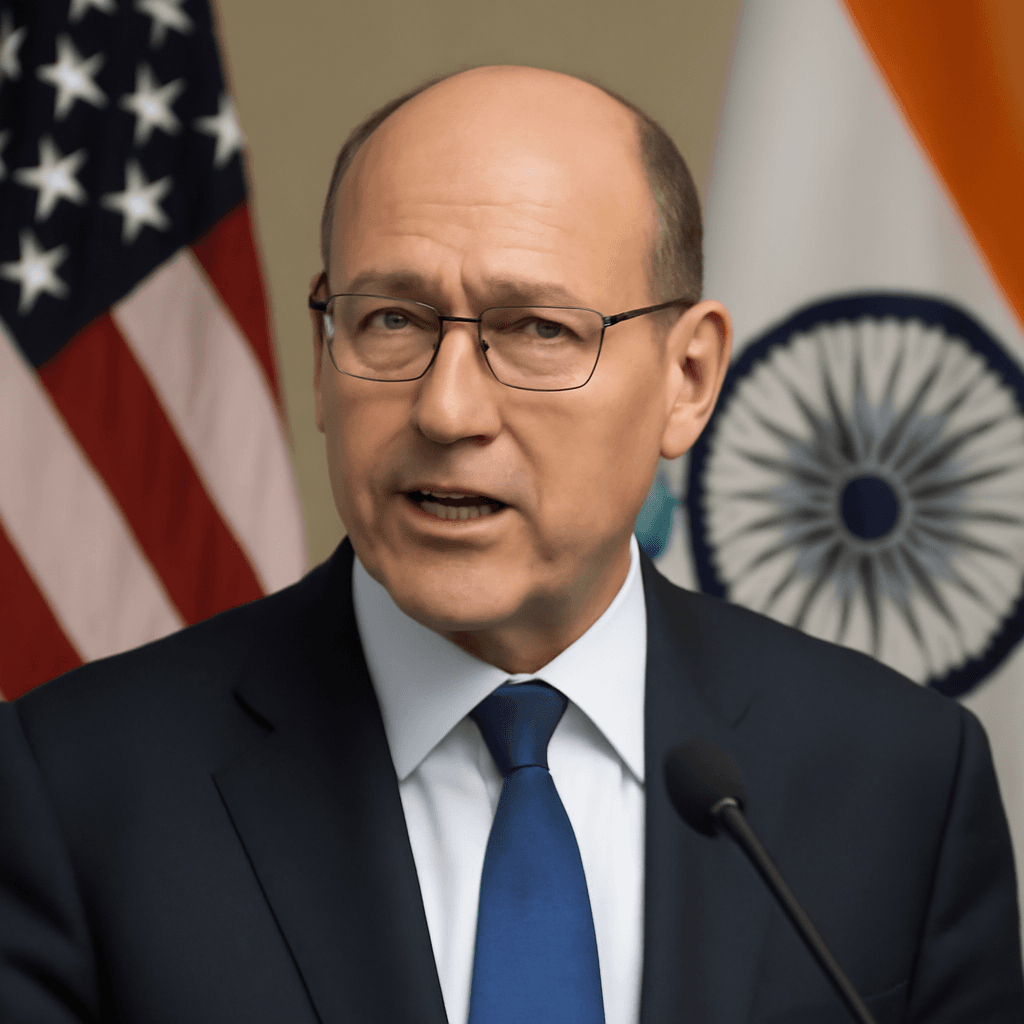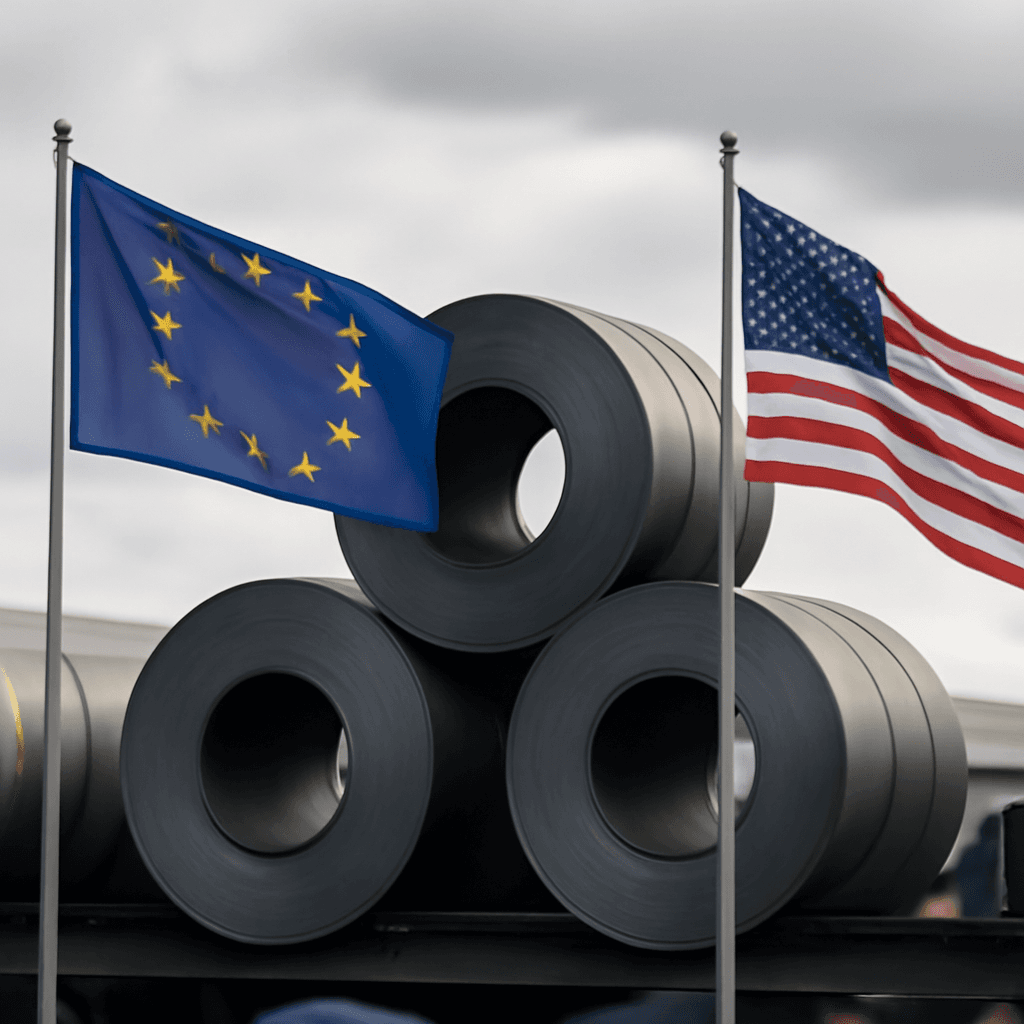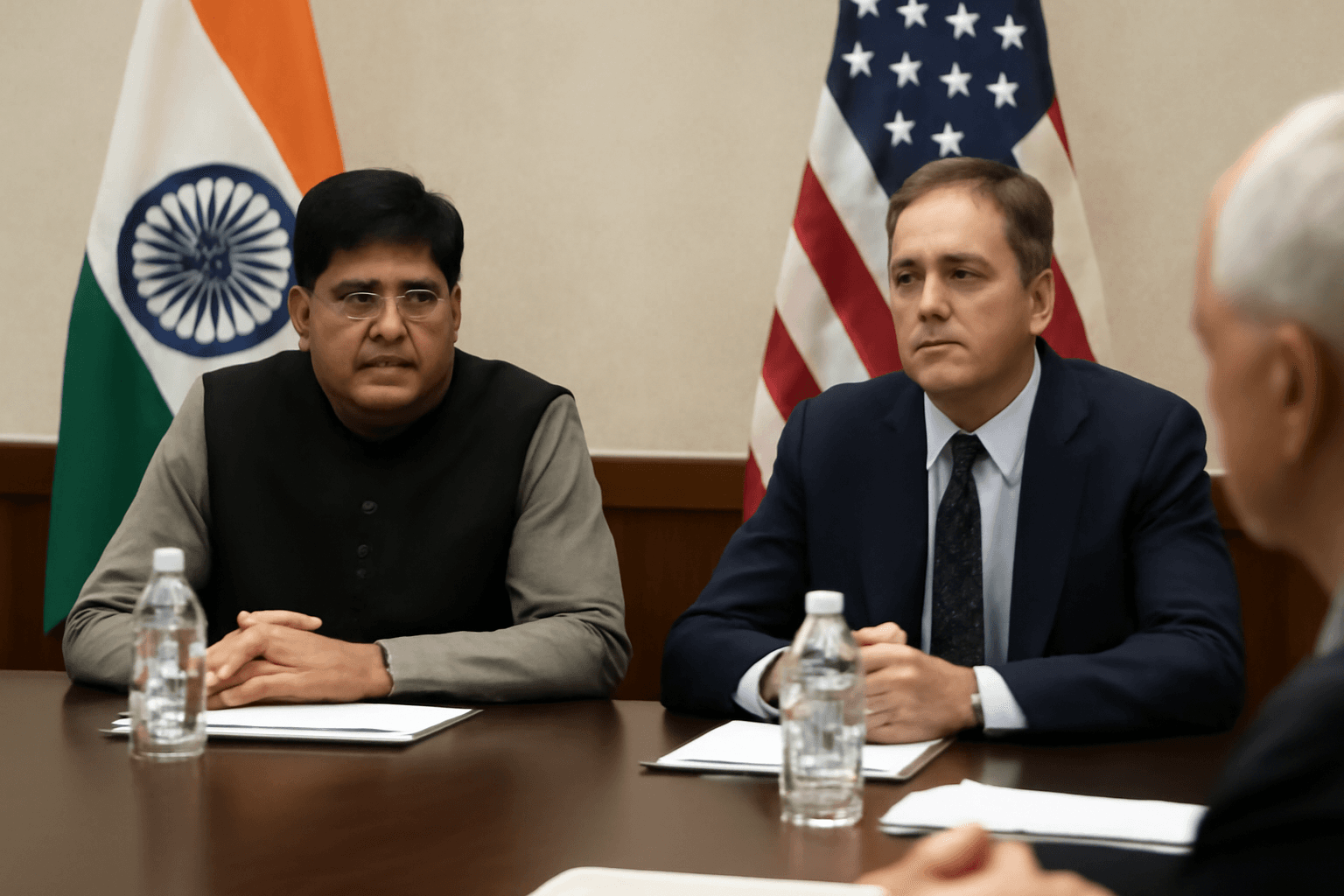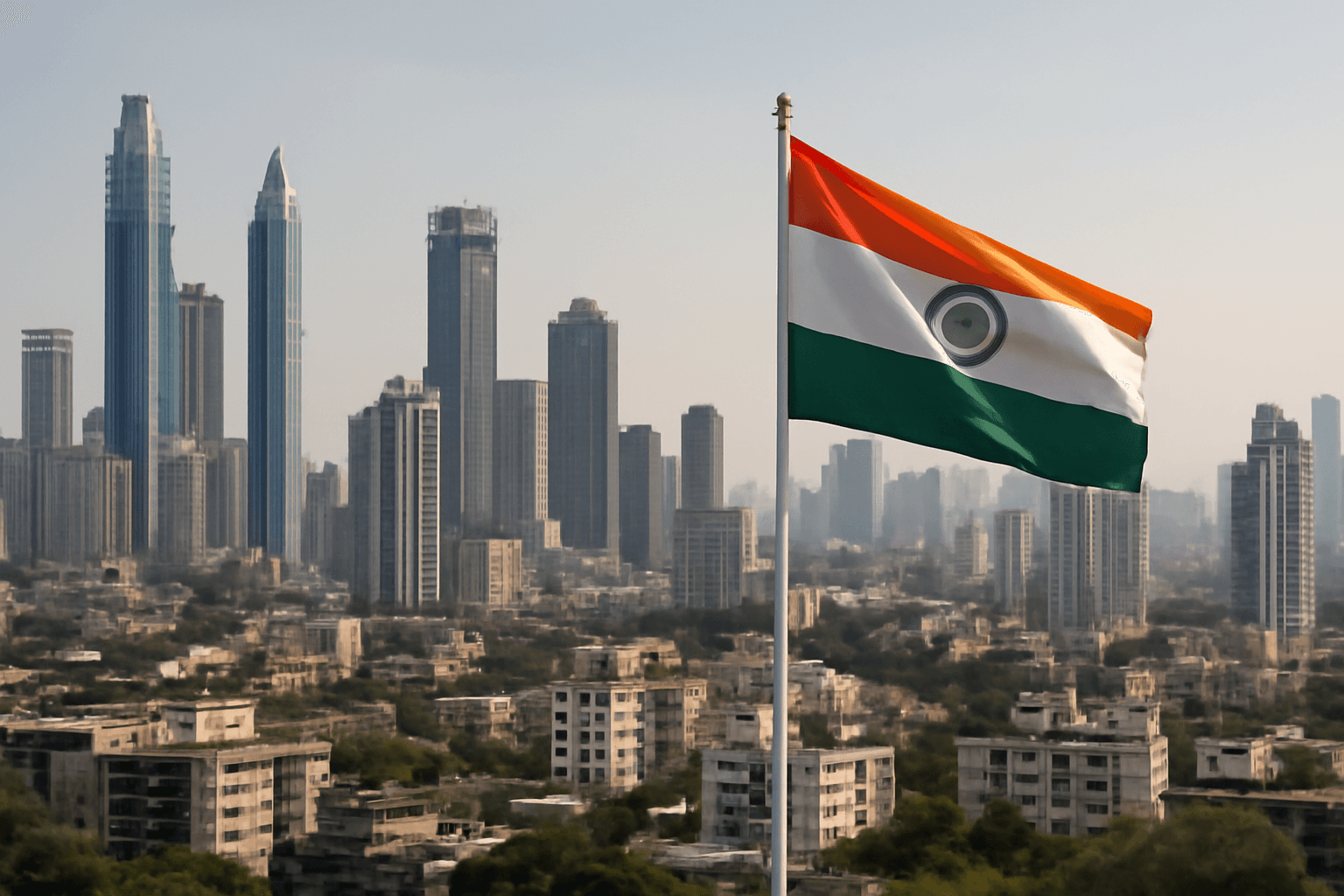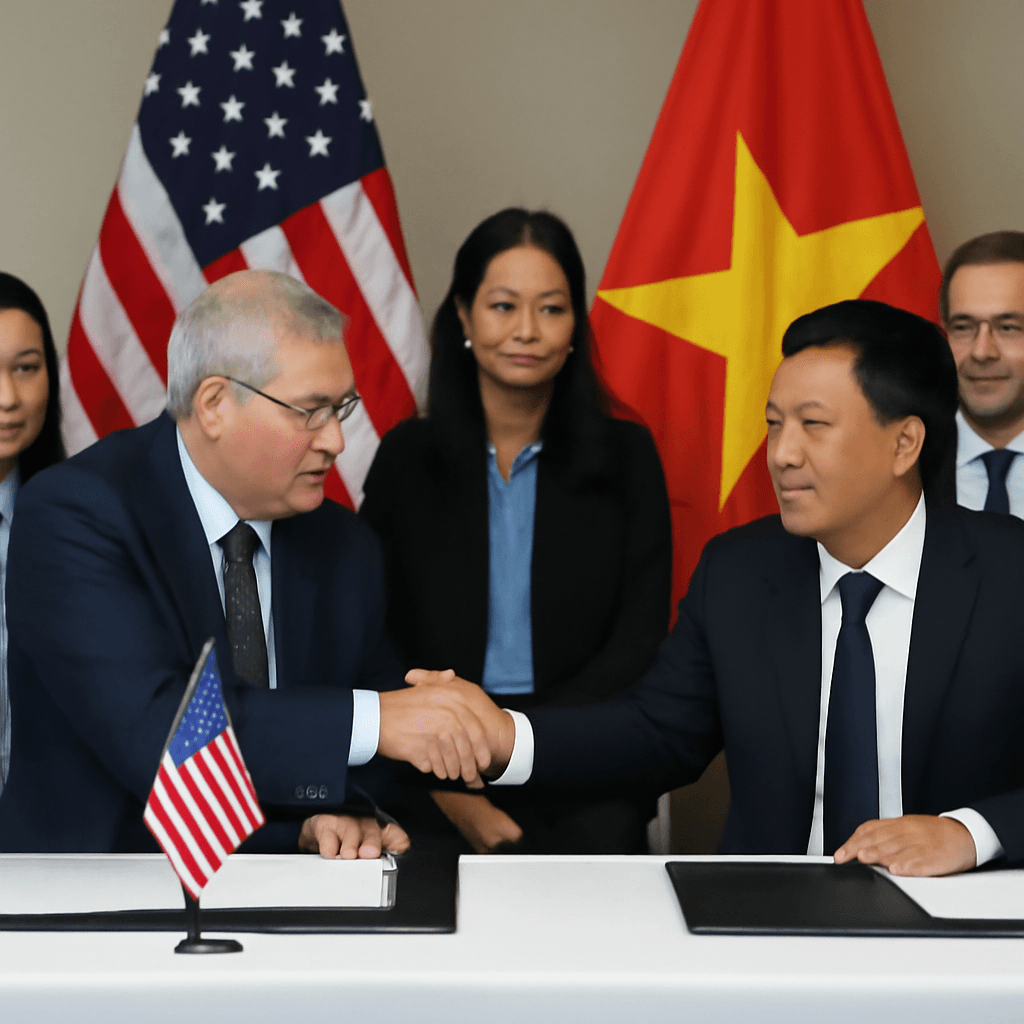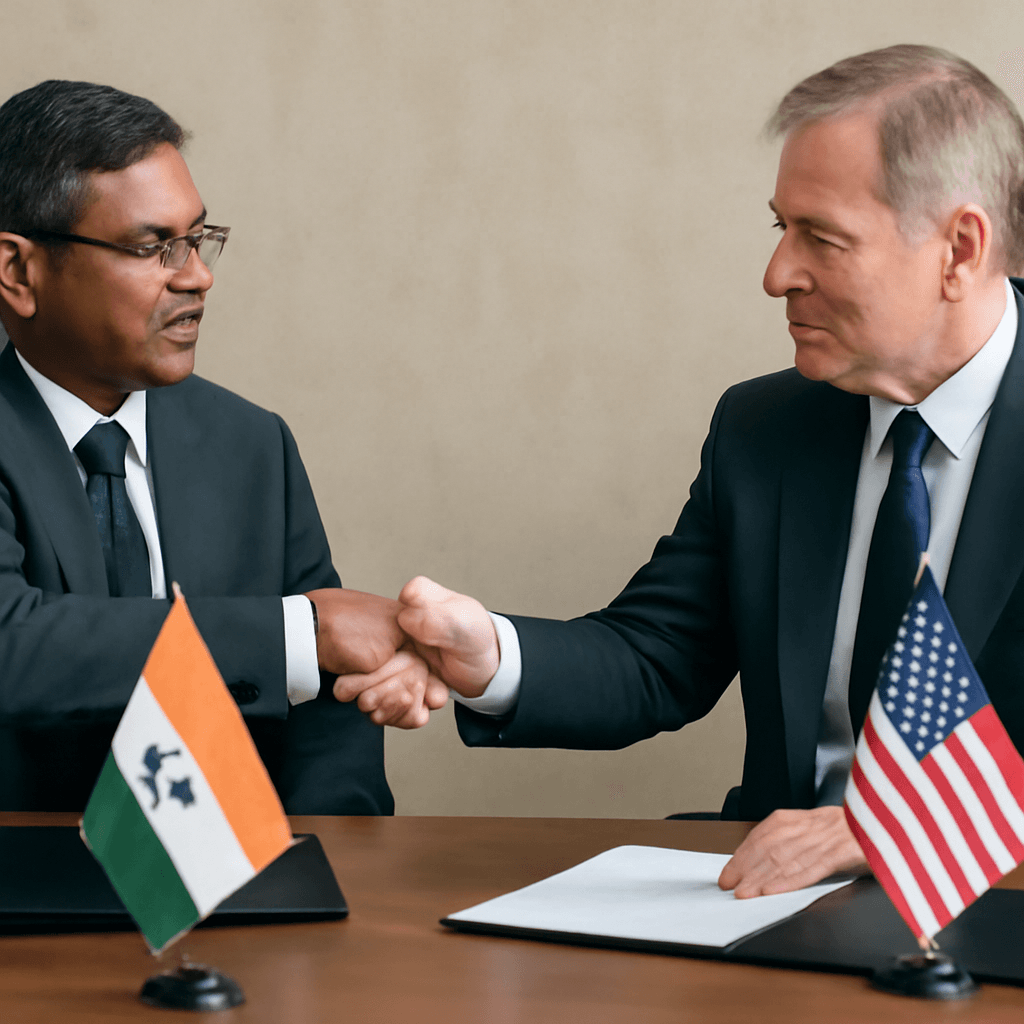India and US Poised to Sign Landmark Trade Agreement
India and the United States are on the verge of finalizing a major trade agreement that aims to significantly enhance bilateral commerce. Currently, the annual trade volume between the two countries stands at $190 billion. The proposed deal, often referred to as "Mission 500," aspires to increase this figure to an ambitious $500 billion by 2030.
Progress in Negotiations and Economic Outlook
Trade negotiations have reached an advanced stage, with key officials from both sides expressing optimism about concluding the agreement soon. The US Commerce Secretary remarked on India’s dynamic economy, emphasizing the entrepreneurial spirit of its population as a critical factor for sustained growth. The trade minister of India and US counterparts have made substantial progress in overcoming previous obstacles, including those related to reciprocal tariffs.
Key Sectors to Benefit
The agreement is expected to have a transformative impact across multiple sectors:
- Pharmaceuticals and Agriculture: These sectors, with significant exposure to US markets, stand to gain considerable growth. Agricultural exports from India to the US, currently valued at $4 billion, are projected to expand markedly.
- Manufacturing and Labour-Intensive Industries: Footwear, garments, textiles, electronics, and engineering sectors are poised to benefit from enhanced market access and streamlined investment flows.
Mission 500: Beyond Trade to Investments
Stakeholders view the pact not just as a trade agreement but as a strategic vision to increase bilateral investments and facilitate smoother capital movement between the two economies. Enhanced capital flow combined with expanded market access is expected to generate robust economic growth and employment opportunities across both nations.
Immediate Consumer Benefits
Indian consumers are likely to experience tangible benefits from the deal through lower prices on various American products. Expected reductions in import duties are anticipated to make American fast-moving consumer goods (FMCG), high-end fashion brands, and dairy products like those from Danone and Land O'Lakes more affordable.
The US alcoholic beverages sector, especially Bourbon whiskey brands such as Jack Daniels and Jim Beam, is also projected to benefit from duty cuts resulting in competitive pricing in India.
Strategic Implications and Challenges
The deal's completion is expected to foster deeper integration of India and the US within global supply chains, particularly as tariffs on China remain elevated, influencing global investment patterns.
Nevertheless, challenges persist, particularly concerning the free movement of labor and data governance, reflecting differing regulatory views between New Delhi and Washington amid current political climates.
India’s Future Trade Priorities
Following the conclusion of a critical trade pact with the United Kingdom, India is prioritizing similar agreements with the US and the European Union—its largest trading counterparts. Progress on these fronts is viewed as crucial for supporting India’s economic trajectory.
India’s economic forecasts suggest that a successful trade pact with the US will transform existing economic headwinds into strong growth tailwinds.



